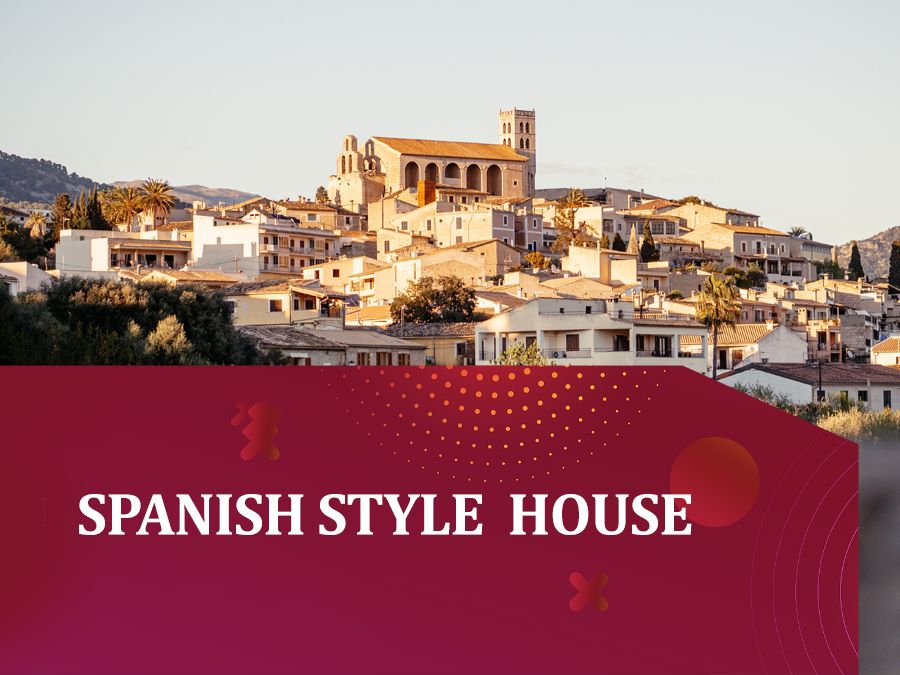


Spanish Style houses
Spanish-style houses feature several essential architectural components like stucco and terracotta roof tiles and are inspired by colonial architecture from the time of Spanish colonization. In the US, they are most prevalent in former Spanish colonial strongholds like Florida, California, and the Southwest. Spanish-style homes vary greatly, but they have a few characteristics that distinguish them from other American home designs, particularly the revivals that were inspired by English architecture. Spanish colonial architecture heavily influences Meddieterian architecture.
Many of the practical features used to keep dwellings cool in hot climates, such as stucco walls and terracotta roofs, are now adored accents of this architectural style. Revival homes, which were constructed beginning in the late 19th century, also had decorative tiles, wrought iron bannisters, and exposed beams. Many of these homes have exposed stucco walls and tile inside, however more contemporary buildings may generally resemble traditional.
Monterey's Spanish-style mansions are extremely distinctive and frequently have a single man to thank for their creation. The first of Thomas O. Larkin's houses was constructed in 1835, which is fifty years before the Spanish Revival style. His homes, on the other hand, exemplify much of what we want from a revival design: combining elements from several eras and cultures to create something that seems really original.
Larkin's houses had flat roofs and adobe walls, drawing inspiration from both Spanish and English and French architecture. They also include upper and lower balconies, which are typical of French residences, unlike many other Spanish-style houses. Additionally, the exteriors are symmetrical, which is more typical of residences in the English Colonial style.
